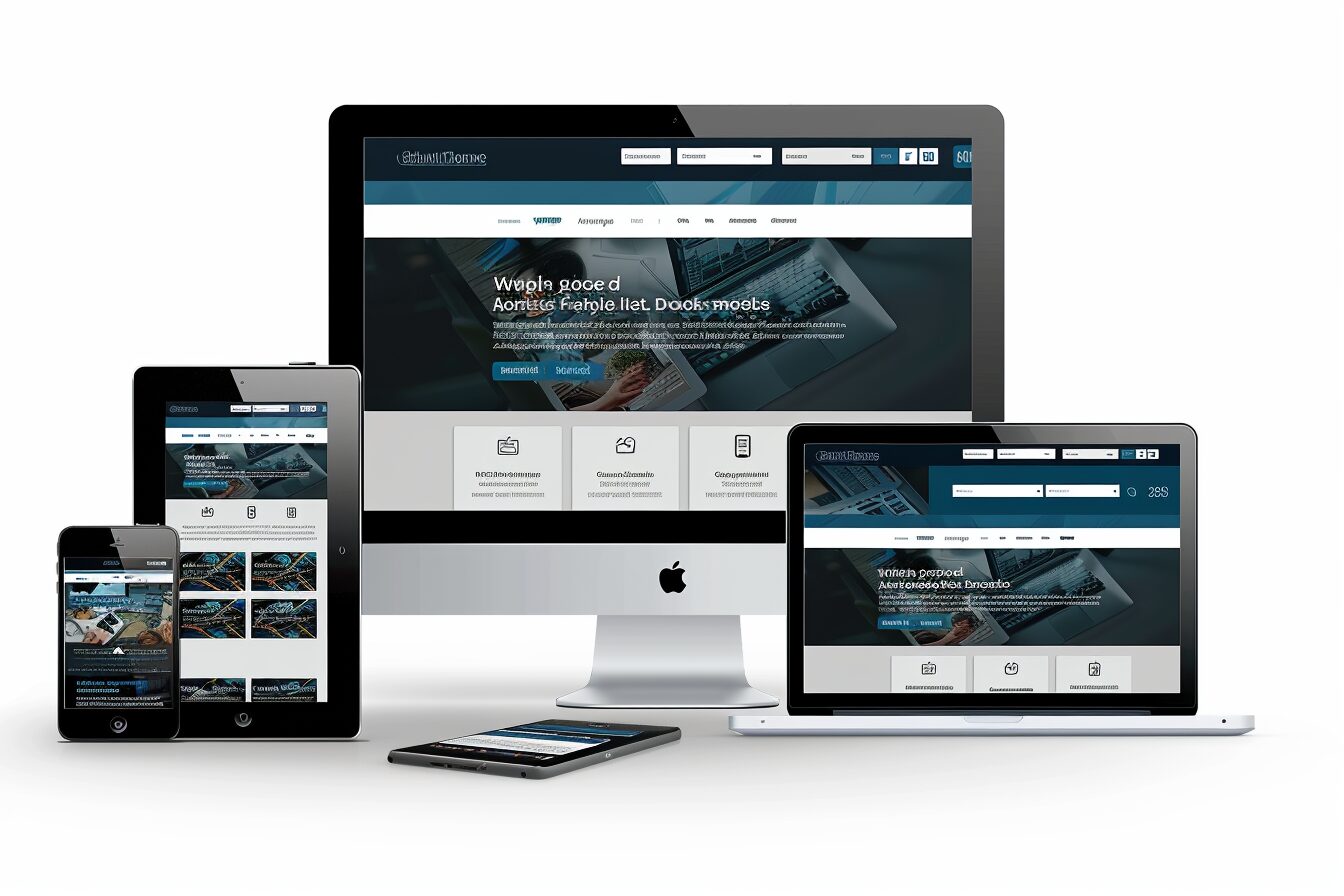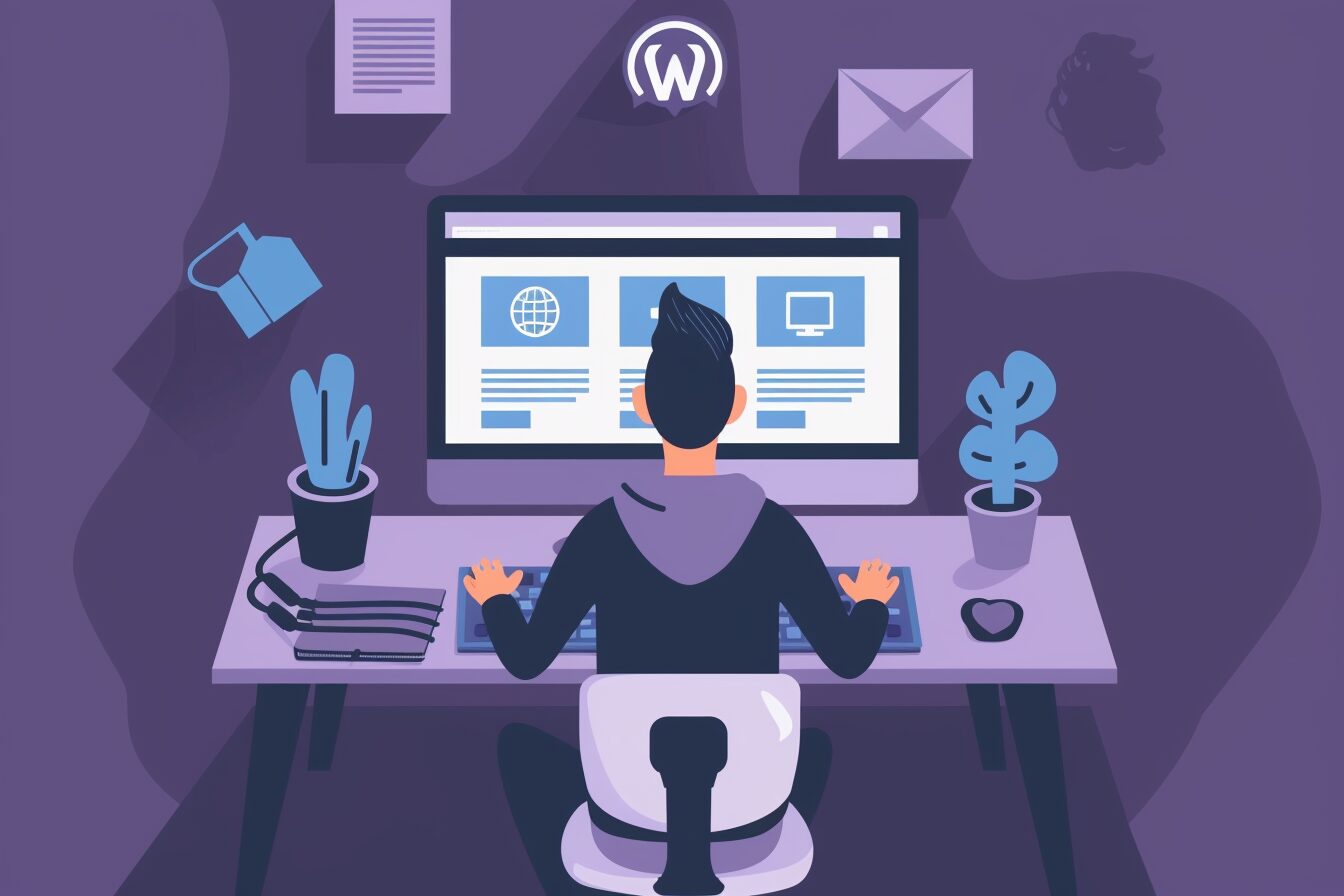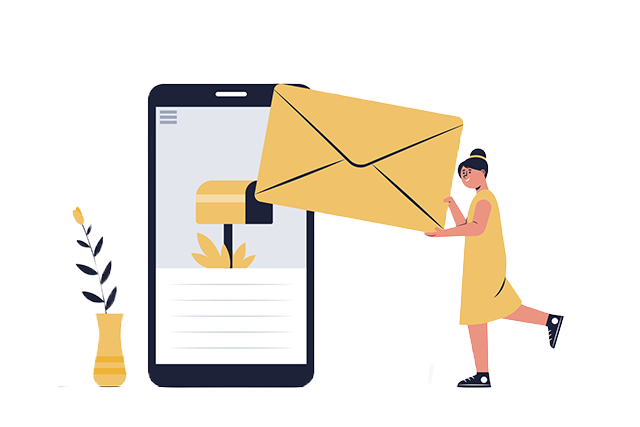We all know that WordPress is the most popular platform for developing websites and blogs. But you might not know that it’s also an excellent platform for creating powerful web applications, large-scale projects, and even enterprise-grade websites.
The web development world has never been more exciting—and with so many different ways to use WordPress, it’s only getting better! But as your project grows in size and complexity, you need a development process for your WordPress site that can keep up with its needs. This post will help you write code faster by showing how we set up our team to develop using the best practices of today (and tomorrow).
1. Follow Best Coding Standards

It’s essential to follow the coding standards of your project. Several widely accepted standards exist, like WordPress Coding Standards. In addition, it’s good practice to find a coding standard that suits your project or application.
If you’re interested in finding out which coding standards might be correct for your project or organisation, consider the following:
- What does the code look like? Is it tidy and organised?
- Does the code follow a convention (such as naming conventions) that makes sense for the project?
- Are there any sections that don’t make sense because they were written by someone unfamiliar with all of these other conventions?
Keep in mind that coding standards change over time, and if you want your site to stay up-to-date, you’ll need to update your code accordingly.
2. Organise Your Files
When working on a project, it’s essential to keep your files organised. This will help you find things when you need them and prevent you from accidentally deleting or overwriting something important. There are a few different ways to do this, but we recommend using a system based on the Model View Controller (MVC) principle.
If you’re not familiar with MVC, it’s a software design pattern that separates the data (the model), the presentation (the view), and the logic (the controller). This separation of concerns makes it easier to develop large applications because each part can be worked on independently.
3. Choose the Right Plugins For Your Site
Many great plugins are available for WordPress, but you must learn to choose the right ones for your project. Ask yourself the following questions when selecting a plugin:
- Does this plugin meet my needs?
- Is this plugin well-supported?
- Is this plugin compatible with my current version of WordPress?
- Does this plugin have good reviews?
If you’re unsure whether a plugin is right for you, try looking for alternatives or reading the documentation. Remember that the wrong plugin can do more harm than good, so choose wisely.
4. Don’t Reinvent the Wheel
When you’re developing a new feature, it’s tempting to start from scratch. But before you do that, ask yourself if there’s already a solution that you can use. Many great tools and libraries are available, so there’s no need to reinvent the wheel.
Not sure where to find these tools and libraries? Check out the WordPress Plugin Directory or the WordPress Codex. These are both great resources for finding solutions to common problems.
5. Keep Your Code Simple
When you’re writing code, it’s essential to keep things simple. This means using clear and concise variable names, avoiding unnecessary complexity, and commenting on your code so that others can understand it. It’s also a good idea to follow the principle of “Don’t Repeat Yourself” (DRY). This means that you should avoid duplicating code unnecessarily.
One way to keep your code simple is to use functions and classes. Functions allow you to group related code, and classes enable you to encapsulate data and functionality. These tools can help you avoid duplicate code and make it more readable.
6. Consider Using a WordPress Mockup Builder
Using a mockup builder, you can create wireframes and mockups that allow you to work out how your site will function before you build it. These tools are excellent for visualising what your site will look like and help you dream up new ways to improve it.
7. Embrace the WordPress API
Understanding the WordPress API is essential, as it’s a great way to build your custom functionality. The API is well documented and easy to use and can be used in various ways—for example, plugin development or theme development. The API is an integral part of the WordPress ecosystem and will continue to grow in importance as more people adopt it.
8. Make Sure Your Site is Optimised for Mobile Devices

Regarding mobile optimisation, ensuring your website is optimised for all devices is essential. This can mean using a responsive theme, using a device emulator and checking your site on multiple devices, or even using Google PageSpeed Insights. Whatever testing method you choose, ensure that your website looks great and works well across all platforms.
9. Go for a Minimalist Design
The best way to implement this strategy is through a minimalist design. Minimalist sites will have fewer elements on the page, making them easier to navigate and use.
As a developer, you can ensure every element on your website has a purpose—if it doesn’t, remove it! This includes buttons, images and even whitespace between paragraphs. In addition to being more aesthetically pleasing, these websites will be faster-loading for users because there’s less content for their browsers to load up at once.
10. Implement Effective Security Features
Your security is a factor that should never be neglected when it comes to the development of your site. Users are more likely to trust and return to your site if they know its security is reliable. WordPress sites are no exception—because WordPress is such a popular platform, it’s often a target for hackers. That’s why ensuring your site is as secure as possible is essential.
There are a few key things you can do to make your WordPress site more secure:
- Install a security plugin: Many great plugins are available for WordPress, such as Wordfence, Sucuri and iThemes Security. These plugins will help to protect your site from malware and other attacks.
- Use strong passwords: When creating passwords for your site, use a mix of letters, numbers and symbols. Avoid using dictionary words or easily guessed phrases.
- Keep your WordPress version up to date: Part of your maintenance should include keeping your WordPress core software and all plugins and themes up to date. These updates often contain security patches that can help protect your site from attacks.
- Do not use nulled themes or plugins: “Nulled” themes and plugins are those that have been pirated and made available for free on the internet. However, these themes and plugins often contain malicious code that can compromise the security of your site. So, it’s best to avoid them altogether.
11. Keep an Eye On Current Trends
In our industry, things change fast. WordPress has seen a lot of changes in the last few years. So it’s essential to keep an eye on what’s new and coming up in WordPress development. This way, you can be sure to stay ahead of the curve and keep your skills up to date.
12. User Experience Should Always Be Your Priority
User experience (UX) should always be your priority. The purpose of a website is to serve its users—and if the user experience is poor, the site will fail.
With that in mind, it’s key to remember that UX design should be at the heart of every website owner’s development process. You’ll want to prioritise UX design over other aspects, such as functionality or aesthetics when deciding what features should be included on your site and how those features should work together.
13. Don’t Forget About Accessibility
It would be best if you also considered accessibility when you’re developing your website. Accessibility means that you have to make your site work for everyone, not just people with disabilities. There are many different types of accessibility. Accessibility should be considered in your development process because it helps you reach more people, encourages inclusivity, and help boost your brand.
Accessibility is not just about making sites accessible to people with disabilities. It’s about making sites accessible to everyone—people who use screen readers or voice commands, those on slower connections or limited bandwidth, those using mobile devices for reading content in their hands on the go (e-readers), etc.
Conclusion
Development is a crucial part of owning a WordPress site. By following these best practices, you can ensure that your development process is efficient, effective and up-to-date. This will help you create a better website for your users, leading to more success for your business.







